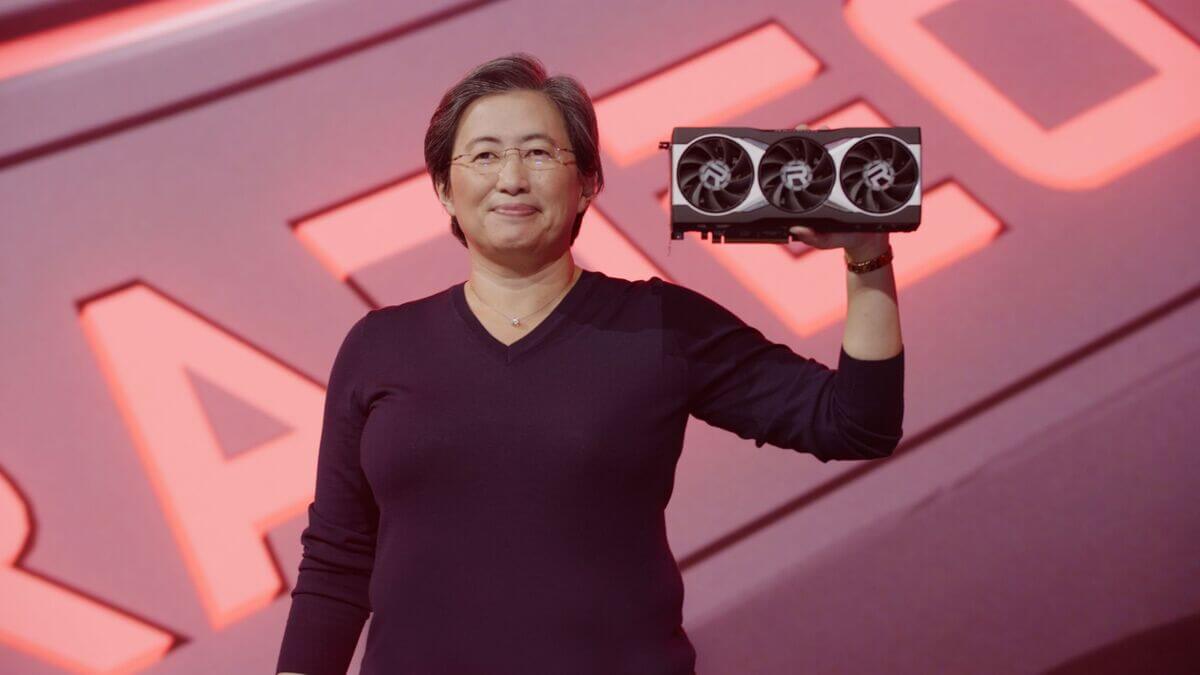The latest version of the OpenSource Mesa 3D graphics API enables ray-tracing on AMD’s Radeon RX 6000 graphics cards under Vulkan. A bunch of other optimizations and improvements have also been introduced with the patch. Mesa 21.3.0 which includes the OpenSource Radeon driver for Vulkan (RADV) allows support for ray-tracing on AMD hardware for the time (in Linux).
A ton of other updates and optimizations have also landed with the new update. Support for Vulkan 1.2 has been added, and anisotropic texture filtering has also been improved via the “Lavapipe” extension. OpenGL 4.5 and the Wayland display server protocol have also received optimizations for a better gaming experience thanks to fewer errors and graphic anomalies.
- Panfrost is now officially GLES 3.1 conformant
- RADV has (experimental) ray tracing support
- Iris gained threaded shader compilation
- Zink has seen an enormous amount of work, and now supports GLES 3.2
- Lavapipe has a bunch of new extensions, and now supports Vulkan 1.2
- LLVMpipe got 2-3 times faster for 2D workloads, and gained support for the compatibility profile on GL 4.5
- VA-API gained support for AV1 videos
- EGL now works on Windows
- Wayland got a workaround for games making bad assumption
Mesa 21.3.0 also significantly improves the compatibility and performance of numerous games with Linux, including AAA titles such as Doom Eternal, Resident Evil 2, and Resident Evil Village. The following 14 titles have gotten optimizations via the API update:
- Doom 3
- Tomb Raider
- DOOM Eternal
- Genshin Impact
- Unreal Tournament
- World War Z: Aftermath
- Cathedral, Aliens: Fireteam Elite
- Monster Hunter Rise (Demo)
- Euro Truck Simulator 2
- Resident Evil: Village
- Final Fantasy VI
- Resident Evil 2
- Valheim
- Dota 2
The launch of the Steam Deck console means that both AMD and Valve are making significant contributions to the Linux gaming community, most notably to the Proton layer. Mesa 3D is essentially the equivalent of DirectX on Linux, so we should be seeing major updates to the same from various corners.
Via: ComputerBase






